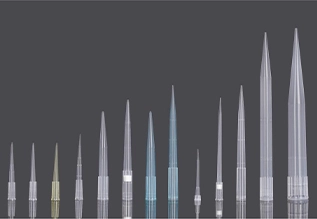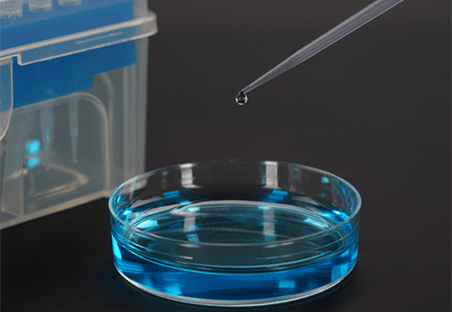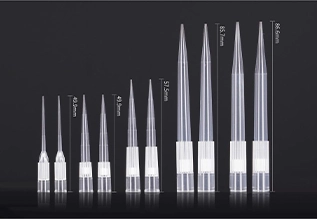CLT pipette tips are essential instruments for accurate liquid handling in the busy field of scientific research. With the help of these disposable plastic attachments, researchers can transfer and measure minuscule liquid volumes with extreme precision and accuracy. CLT pipette tips are essential for advancing science in a variety of fields, including molecular biology and pharmaceutical development.
Although CLT pipette tips are widely used and highly convenient, their environmental impact needs to be carefully considered. The disposal and recycling methods for these disposable tips have a big impact on the environment because laboratories all over the world produce a lot of them. This article explores ways to reduce waste and advance sustainability while illuminating the environmental impact of CLT pipette tips and providing options for responsible disposal and recycling.
How Do I Dispose of Used CLT Pipette Tips?
It’s critical to dispose of used CLT pipette tips properly to avoid contamination and safeguard the environment. Here’s a step-by-step guide on how to dispose of used CLT pipette tips responsibly:
- Segregate Used Tips: Store used CLT pipette tips separately from other laboratory waste. This will prevent contamination and ensure safe handling.
- Inactivate Contaminated Tips: Pipette tips that have come into contact with hazardous materials or infectious agents must be deactivated before being disposed of. This can be achieved by chemical inactivation, autoclaving, or other approved methods.
- Use Sharps Containers: Used needles and syringe tips should be disposed of in designated sharps containers. These containers are designed to prevent accidental punctures and to protect waste handlers from harm.
- Place Tips in Autoclavable Bags: Used CLT pipette tips that don’t pose a risk should be kept in bags that can be autoclaved. Before being disposed of, the tips can be sterilized in these heat-resistant bags.
- Autoclave Tips: Autoclave the bags containing used pipette tips at the proper temperature and time cycle, following your laboratory’s protocols. Sterilization will eliminate any potential pathogens from the tips.
- Dispose of Autoclaved Tips: After being autoclaved, the pipette tips can be disposed of as ordinary laboratory waste. Pay attention to your laboratory’s waste disposal policies, which might call for burning or landfilling waste.
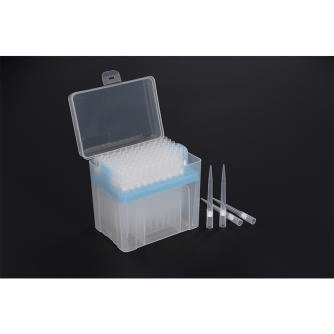
Can I Recycle CLT Pipette Tips?
Whether or not CLT pipette tips can be recycled depends on the specific materials used in their manufacture and whether or not recycling programs are in place in your community. Here’s a breakdown of the factors influencing CLT pipette tip recyclability:
Factors Influencing CLT Pipette Tip Recyclability
- Material Composition
You can find out the material composition of the CLT pipette tips you are using by examining the product information or packaging. Certain materials, like polystyrene (PS), may be difficult for recycling programs to accept, but other materials, like polypropylene (PP), are readily recyclable.
- Recycling Programs
Speak with your local waste management or recycling provider to learn about their specific recycling guidelines regarding CLT pipette tips. Certain facilities may accept pipette tips made of a particular material, but not others.
- Contamination Concerns
If CLT pipette tips were used to handle hazardous materials or infectious agents, they might not be recyclable due to the possibility of contamination. It is crucial in these circumstances to properly dispose of waste by burning or autoclaving it.
- Recycling Alternatives
If recycling directly isn’t an option, consider alternative strategies to decrease the environmental impact of CLT pipette tips. Reusable pipette tips, when available and compliant with your experimental protocols, can reduce waste. Investigate the options of composting or repurposing pipette tips if they make sense for your application.

What Are the Environmental Considerations of Using CLT Pipette Tips?
CLT pipette tips contribute to environmental waste, just like any other disposable labware. However, there are ways to minimize the environmental impact of using CLT pipette tips:
- Reduce Tip Usage
Make every effort to minimize the quantity of pipette tips you utilize in your research. This can involve techniques like multichannel pipetting, meticulously organizing experimental configurations to reduce tip consumption, and employing larger volume pipette tips in the right situations.
- Choose Reusable Tips
Try to use reusable pipette tips whenever you can. Because they can be cleaned and reused, reusable tips save money and reduce waste. Reusable tips must be properly stored, cleaned, and sterilized to prevent contamination.
- Recycle Tips
Recycle CLT pipette tips whenever possible to reduce the amount of waste that ends up in landfills. To do this, it might be required to locate recycling programs that accept CLT pipette tips, search for recyclable tips that meet specific material requirements, and follow guidelines for handling and preparing recyclable tips correctly.
- Proper Disposal
It is important to dispose of used pipette tips properly to prevent contamination and protect the environment. This might mean using sharps containers for tips used with syringes or needles, discarding autoclaved tips in compliance with lab procedures, and autoclaving or chemically inactivating contaminated tips.
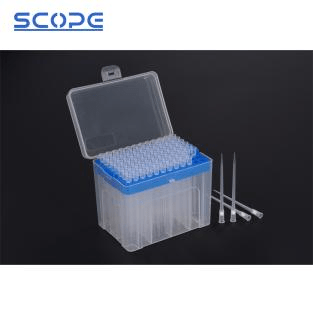
Conclusion
It’s important to comprehend the proper disposal, recycling options, and environmental implications of CLT pipette tips to promote sustainable laboratory practices and lessen the environmental impact of scientific research. Disposable plastic CLT pipette tips are attached to pipettes and are widely used in laboratories worldwide, generating a large amount of waste. The environment could get contaminated, landfills could fill up too quickly, and hazardous microplastics could leak out if these tips are disposed of incorrectly. The implementation of responsible disposal procedures, consideration of reusable alternatives, and exploration of recycling options when feasible are all critical steps toward reducing the environmental impact of CLT pipette tips. Researchers who embrace sustainable methods for pipette tip use and disposal can help make scientific research more ecologically friendly in the future. The products offered by Scope are compliant with strict industry standards and fulfill the diverse needs of labs across multiple disciplines. To learn more, please contact us.
